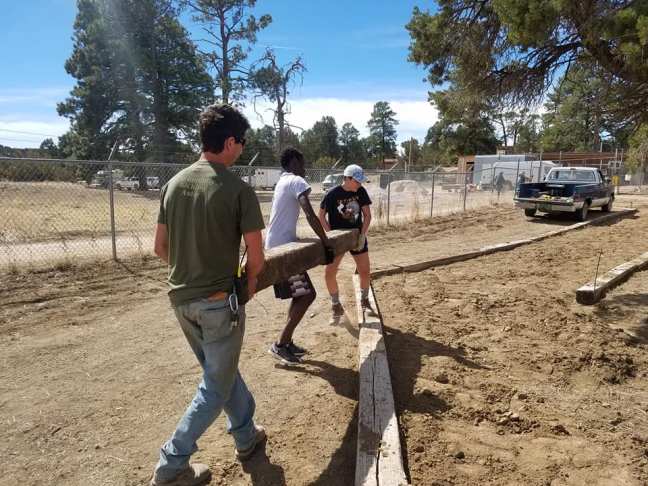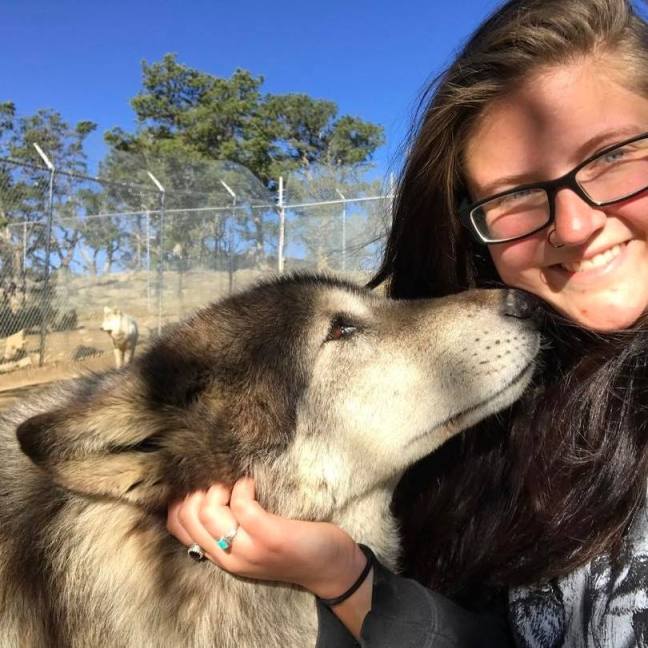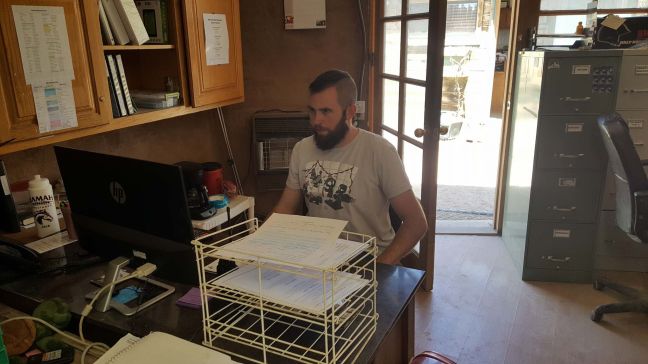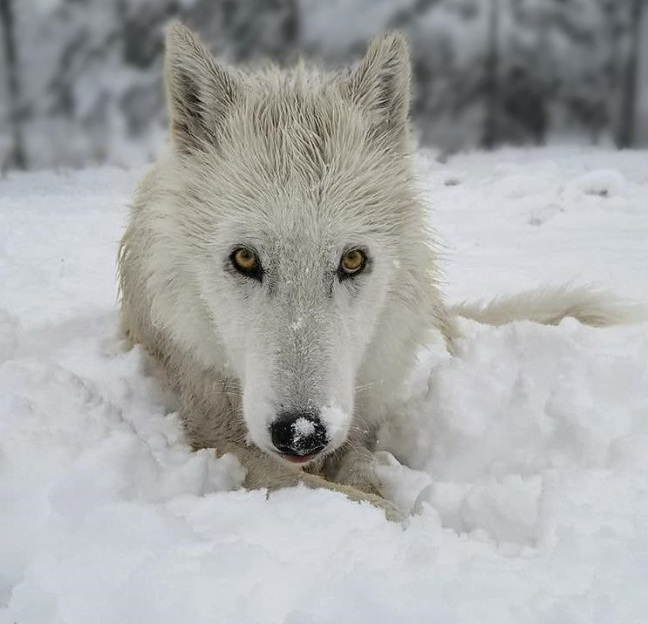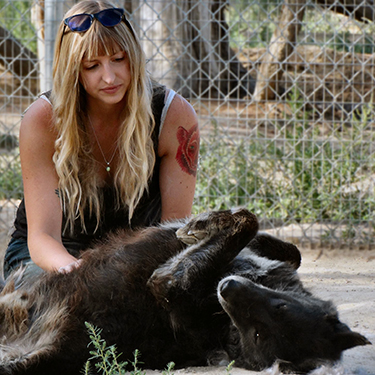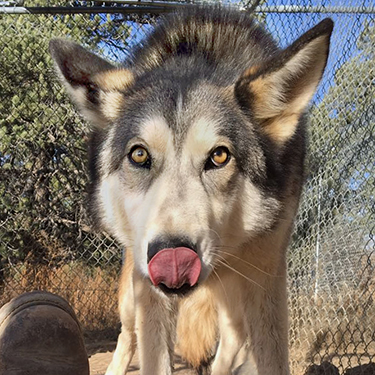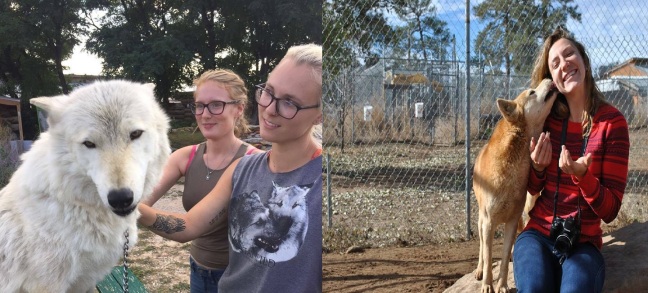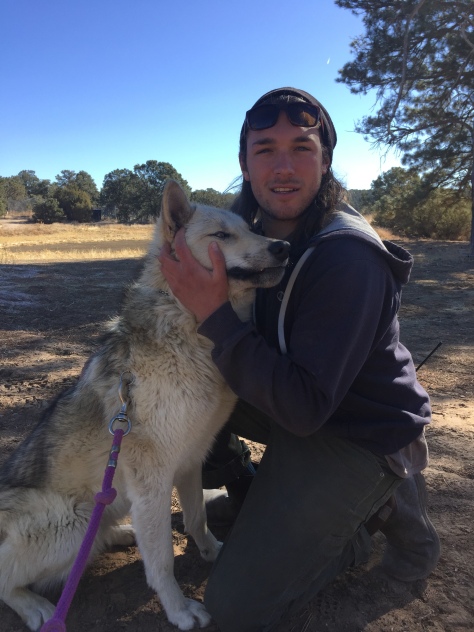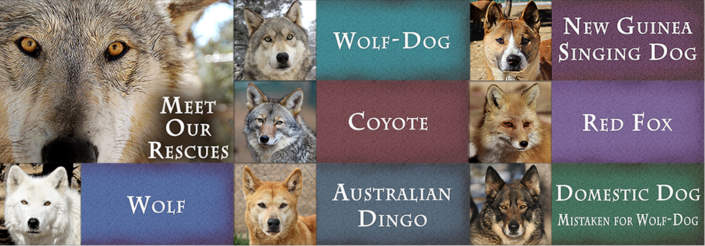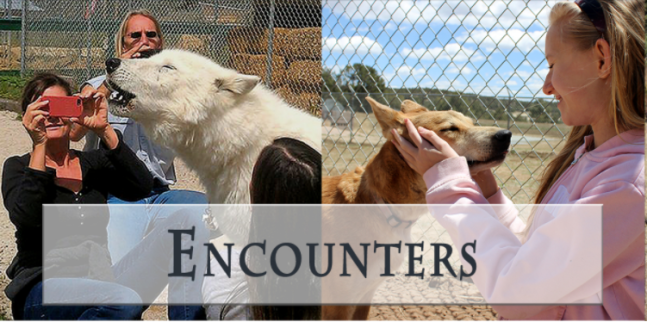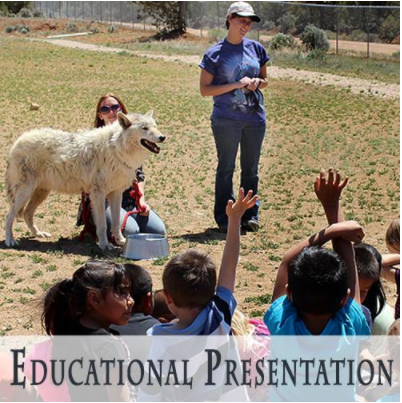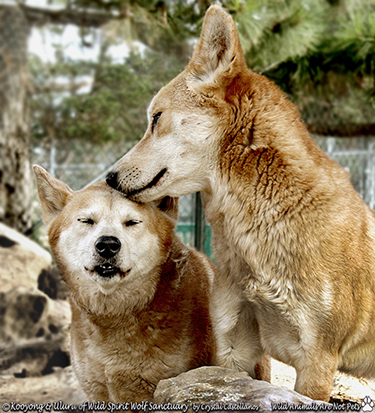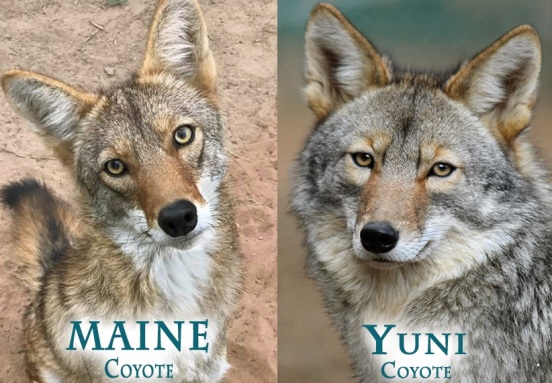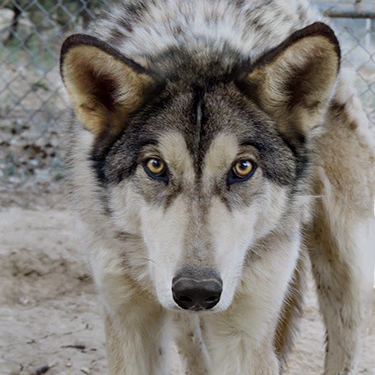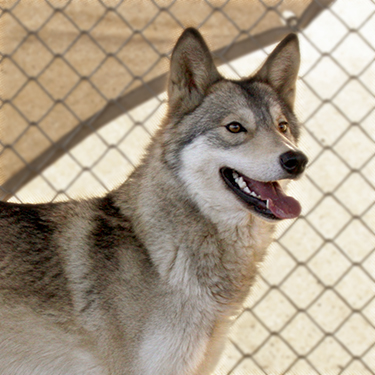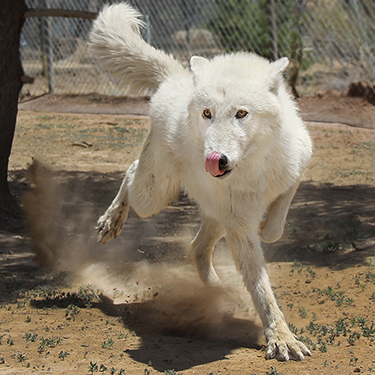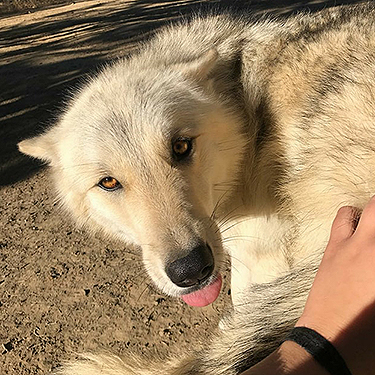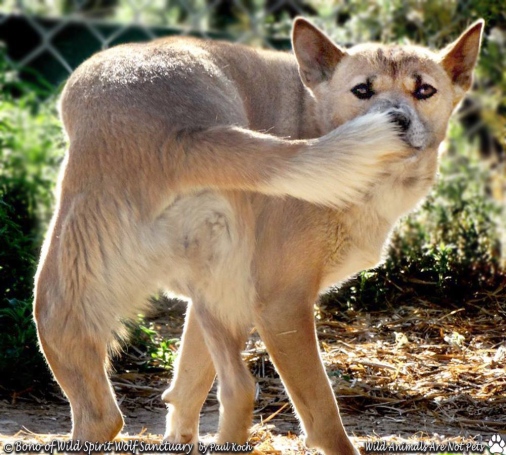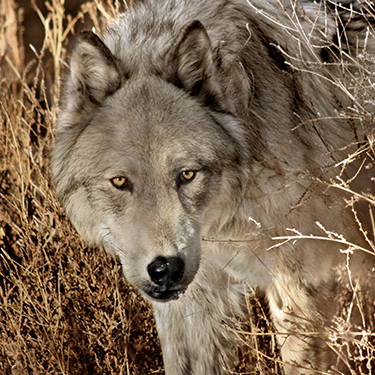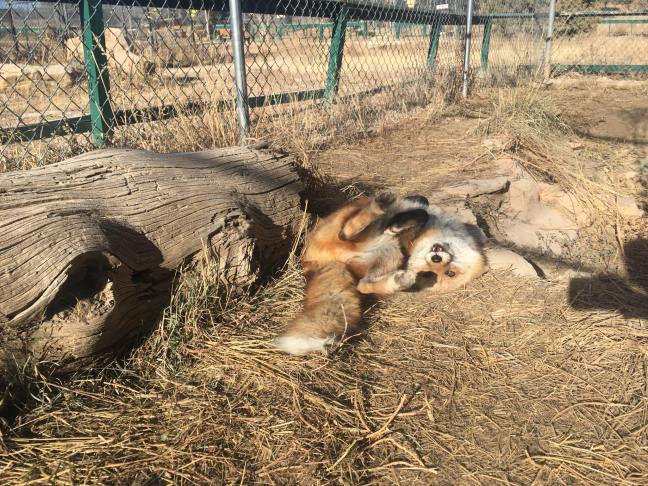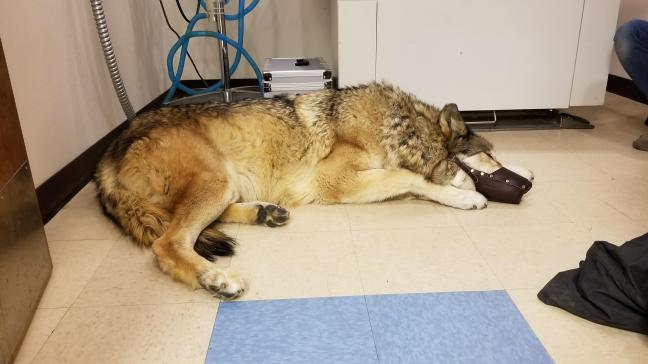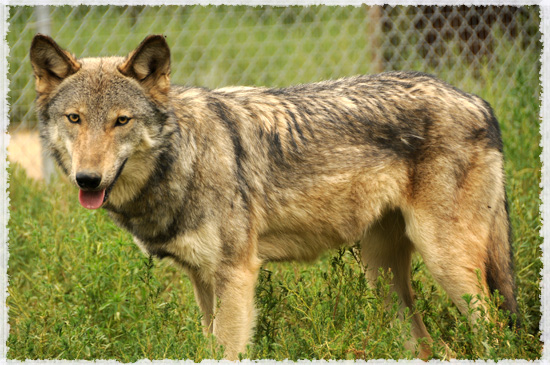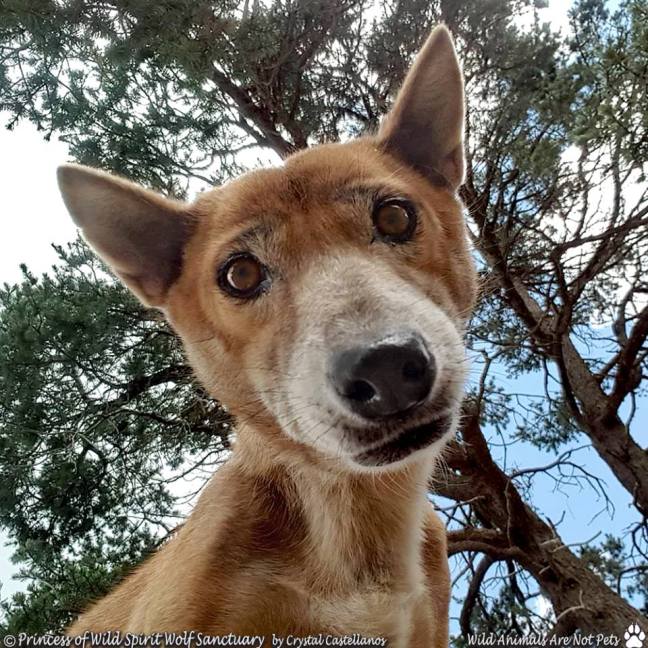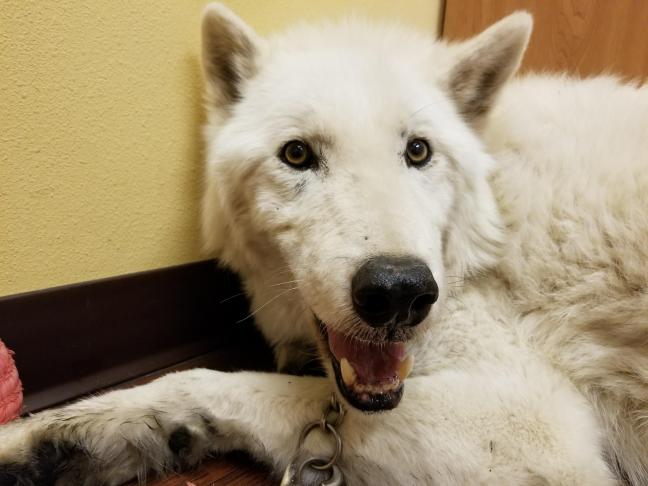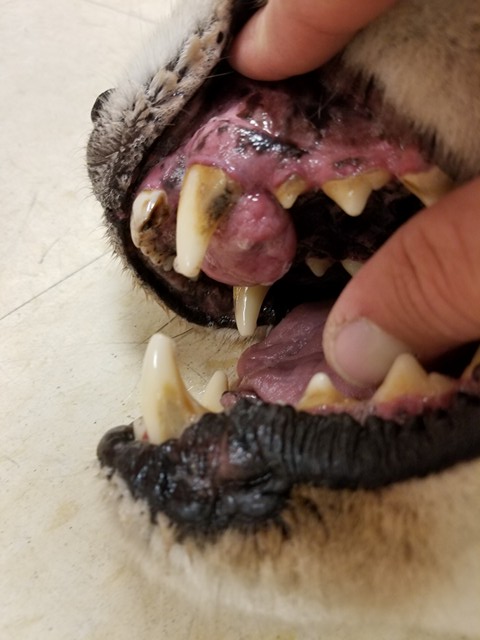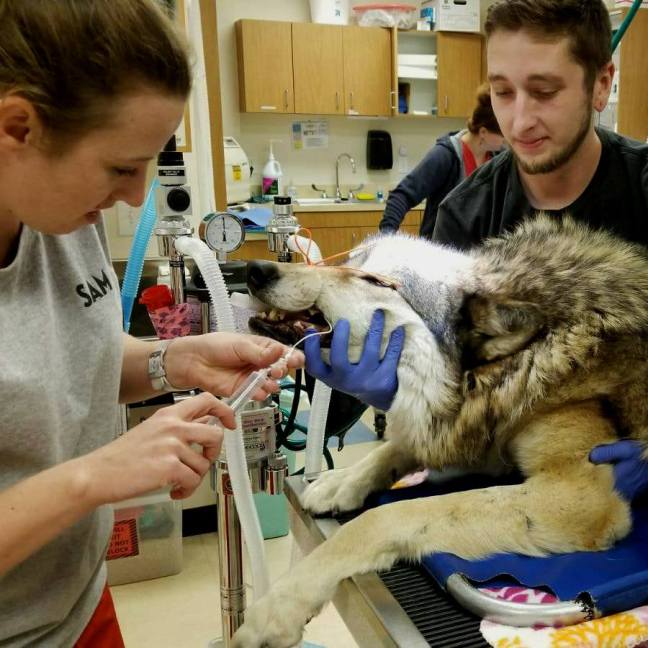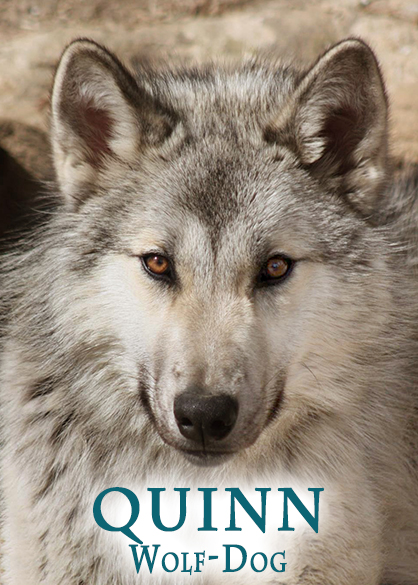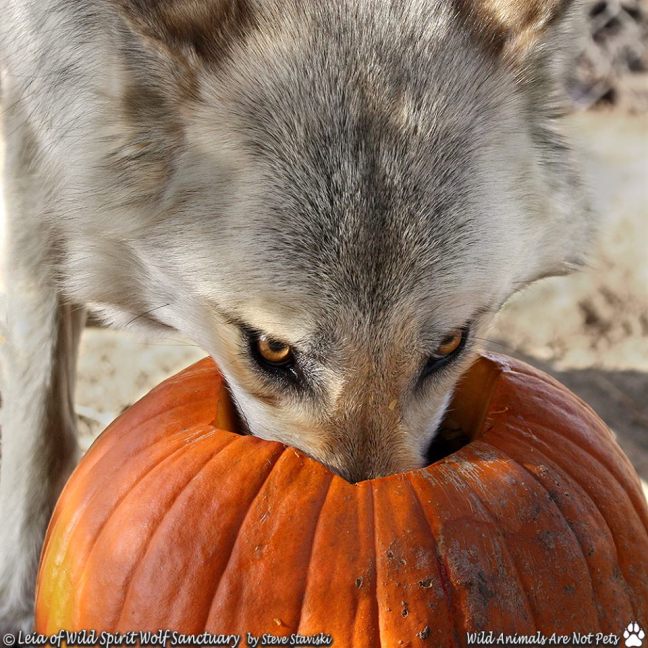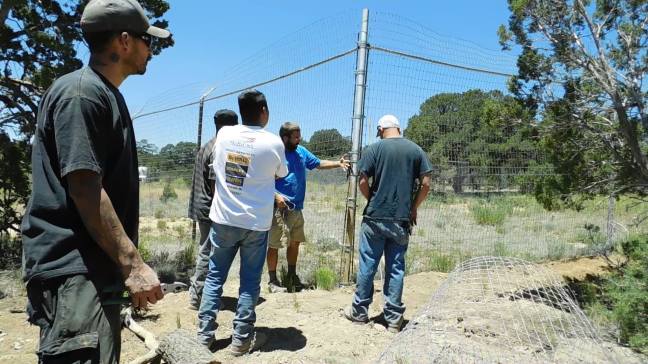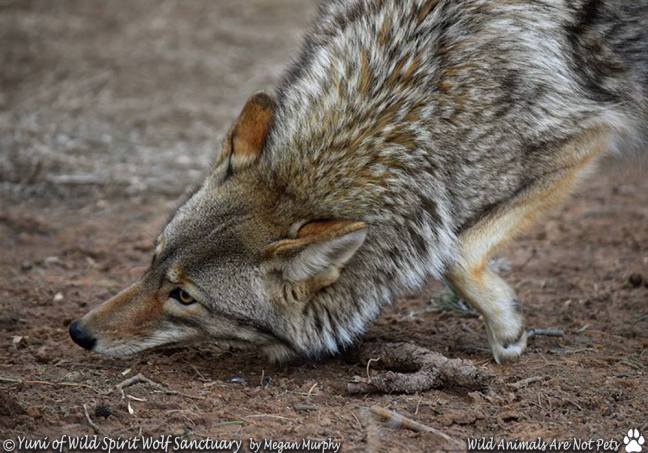Hello everybody! Welcome, and thank you for joining us this month for another round of your trusty Monthly Howl. August marks the final month of summer and the intense heat has now mostly passed. The animals are happier with the temperature, and so are the humans. A couple of pretty cool things took place this last month including the rescue of two new baby foxes! We also had another large shift in our volunteer pool, saying goodbye to one volunteer, welcoming back a previous one, and saying hello to three newcomers. We also experienced a bit of scare due to an animal digging her way into an adjacent enclosure, and despite the fact these new volunteers were inexperienced, they performed beautifully during a spontaneous capture. Read on to get the details!

Up until this last month, WSWS had only ever rescued one fox, and his name is Romeo. Romeo is an amazing little guy with a huge fan base! He is one of the few animals we have here who was actually born in the wild, and was originally rescued by a zoo. After he spent a few years at this zoo, they lost their funding and had to close down. We originally went to this zoo to rescue Tundra wolves. As fate would have it, Leyton came across this handsome fellow and fell in love. Shortly after the arrival of the three Tundra wolves, we were asked to in our first fox! Romeo has lived with us for nearly a decade!
A few months back, there was a possibility of rescuing two Arctic foxes and the prospect was rather exciting. Before preparing for the potential arrival of new foxes, we applied with Game & Fish to rescue them. Unfortunately, since Arctic foxes are not native to our area, our application was denied. Game & Fish only requires us to provide documentation on the fox and in order to rescue other foxes; we need to apply with them.
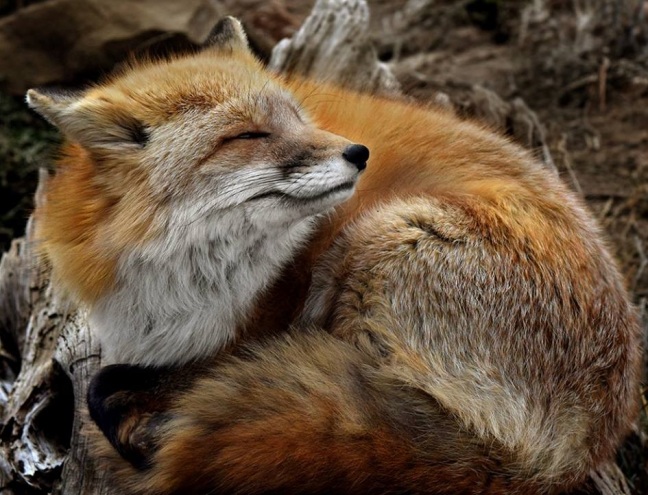
Shortly after, we heard of baby foxes in need. This time, they were a mixture of red and gray foxes, both of which are native to our area! We jumped at the opportunity to bring them into the family. These fox kits were the product of humans breeding several generations of foxes with domestication being the ultimate goal. Their genetics have been selectively bred for over six generations, selecting for tameness and friendly behavior. We believe that the breeders were attempting to recreate the famous, Russian fox domestication experiments.
River and Rumi were born into this world and their original purpose was to become pets in someone’s home. Due to changes in legal zoning in their home state, this eventuality could no longer play itself out and a more permanent home was needed. Thankfully, they were taken in by Keepers of the Bond for fostering until forever homes were found for each of the kits. We were happy to step in for two of the kits.
When they first arrived with their caretaker, they appeared to be somewhat friendly, but very timid and skittish; certainly not a domestic pet! Almost as soon as this caretaker left, they became very stand-offish and even a little nippy, and thus seemed to be display a more “wild” nature, which generations of breeding had not been able to remove. The irony of it is, Romeo is incredibly friendly and yet is wild born!
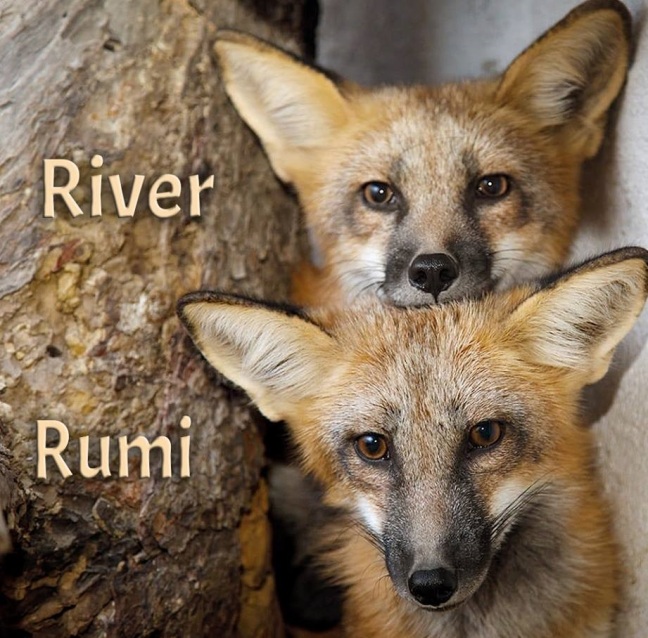
At the moment, they are sharing an adjacent enclosure with Romeo and have not interacted with Romeo without a fence in between them. Our hope was that Romeo would be happy to have friends, but he has shown no interest in either of them. Since they will not live with Romeo, we are setting our eyes on fixing up a temporary habitat, all for them. In the meantime, we switch the foxes around so the kits can run and play in Romeo’s side of the habitat, while Romeo explores their space. It’s enriching for Romeo to smell their area, and although he may not pay much mind to the kits, he sure does love their kitty litter box!
August was a month with a huge volunteer turn around and this is not surprising, as the summer often bestows a wealth of volunteers. We said our bittersweet farewells to long-term volunteer, Chase Whitney. We are very thankful for the time he gave us, the hard work he put in, and all he did for the rescues in our care. Chase is an easy going, fun-loving and dedicated young man, and we hope he continues thriving where ever he goes!
Also, our July blog was all about volunteering. We will take the time now to say thank you to Alex, who finished his term in July. Alex was a valuable member to our team for close to eight months. He helped us with Animal Care and worked hard in the Building & Maintenance department. We hope that Alex is faring well back in the northeast!
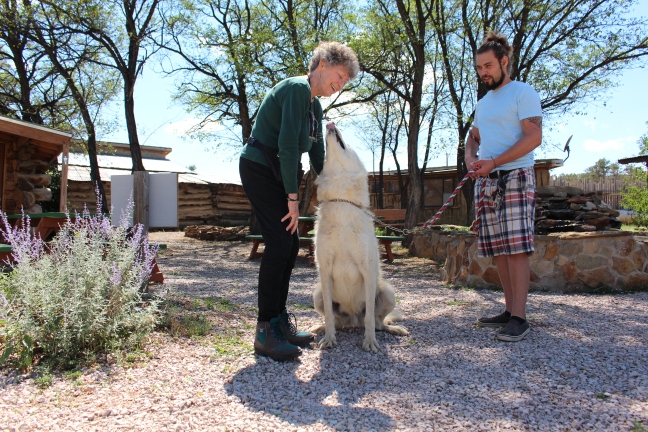
We love it when previous volunteers decide they want to take on another round of volunteering at WSWS. It tells us we did not scare them off with all the work we have for people to do around here! Clarissa Gibson volunteer for short time a couple of years ago and has come back for at least another six months. After she ended her first bout with us, she went on to work in the animal field in other ways, like working at an Emergency Vet Hospital. She was blown away by how much she learned at Wild Spirit and how it massively served her in her animal career. Despite the fact that she did great her first time around, she felt that she could learn more and do even better on the second go around. We are happy to have Clarissa back!
We also welcomed three new volunteers in August. They have been giving their all to the rescues and have been rocking it! Welcome to the pack, Quinn Falconer, Maddy Beck and Paul Lavaque! Maddy and Quinn are from the States – Washington and California, while Paul comes to all the way from Argentina. To say there has been some culture shock would be an understatement, but the international presence is one of the great things about being a volunteer here, as it adds so much diversity and lots of opportunity to learn from other cultures. So far things are working out well and we have high hopes for this new team indeed.
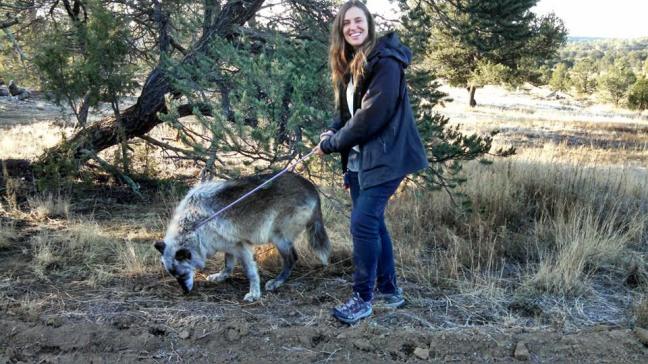
All three have shown to be wonderfully adaptable and to possess the ability to learn quickly, which showcased itself in an emergency capture we had to perform on wolf-dog, Mystique. Mystique lives wolf-dog Kabbalah in an enclosure adjacent to rescues, Draco and Leia. Apparently, she has an intense desire to be with “her babies”! We aren’t sure what relation Mystique is to wolf-dogs, Leia, Quinn and Lyca, but Lyca looks like her the most. We know that Kabbalah is their father. It’s possible that Mystique looks at Leia as one of her own, and Draco being about as young as Leia, potentially cares for him just as much. The ground wire had been fixed once before, but the patchwork was not very strong, leaving a vulnerable spot at the two habitats. With soft sand and strong paws, it took no time for Mystique to dig a hole big enough to get through to the other side. Unfortunately, we do not know how the four would do in a habitat together long-term, so we had to capture Mystique and stick her back in with Kabbalah.
Thankfully nobody was injured and no fight broke out over territory. Mystique was moved back without incident; we added extra chain-link to the ground wire that had been torn apart and added more dirt to the area. This incident made it apparent that we need to add new ground wire to the one our oldest habitats here. We are strategizing on how to approach this new project as it will require at all hands to get the job done efficiently and quickly for Mystique’s sake – as she is not one of our social rescues and does not like to be in the presence of so many humans.
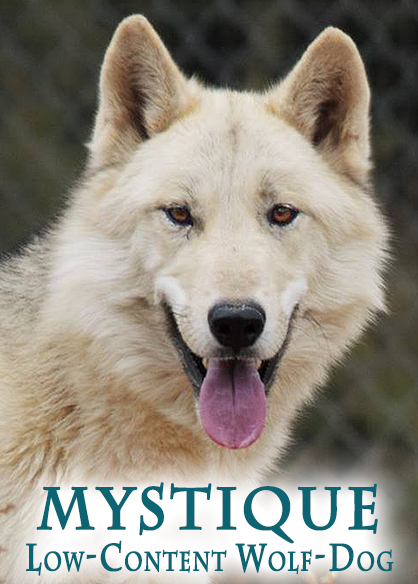
Last, but not least, we took rescues Argo and Rain to the vet in August. Sadly, both received diagnosis’ that weren’t the best. Rain has a nailbed sarcoma and Argo has a low-grade sarcoma on his front, right elbow. We will not operate on either.
Rain, although only 14 years old, is very frail. Although the toe would be the only thing that would need to be amputated, the aftercare would require us to put hands on her every day for 3-4 weeks. Rain is a social rescue thankfully, but she’s not one that will allow for us to touch her paw without struggle. Staff met about the decision on Rain several times, discussing everything in great detail about what could be done for her, what would be the most humane option and most importantly, what would best serve her. The other option would be to let Rain live out the rest of her days in peace, spray her toe with an iodine solution each day and if needed, cycle her on antibiotics and of course, provide her with pain management.
We decided to allow Rain to live the rest of her life with her companion, Nimoy, instead of risking losing her on the surgery table, as the likelihood of her coming out of anesthesia was lower than we’d like. Nimoy was very happy to have Rain come back that day and when we took her out the next day after spraying her toe, he ran around the habitat howling in distress, thinking that we were taking her away again. Rain sleeps all day, but in the mornings, she’s the most active and relishes in the opportunity to go out on leashed walks with Nimoy by her side. We believe we made the best decision for them both, but will continue to monitor Rain closely. Otherwise, Rain seems to be in good spirits and her appetite is healthy – something that has always been a struggle with Rain, bad toe or not!
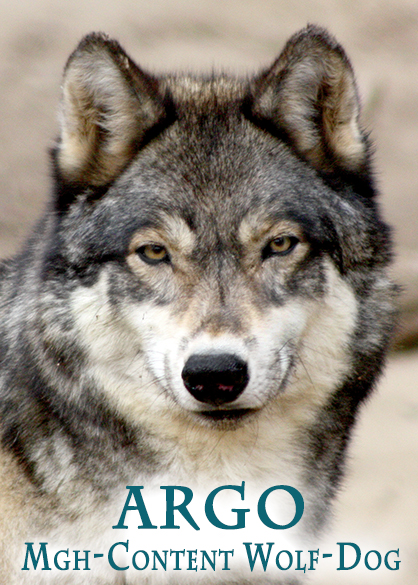
Argo on the other hand, is not a social animal. We would have to keep Argo drugged in order to provide him the aftercare needed if we went ahead with the removal of his growth. However, the location of the sarcoma poses another problem. It’s a very mobile area and doesn’t have a lot of skin to close up with stitches, meaning the stitches would easily tear. As of now, the growth is not impacting Argo’s movement and does not appear to be causing pain. We will monitor the growth, and should it begin to cause issues for Argo, staff will discuss the option of “shaving the growth down”.
Thank you for joining us for the August edition of the Monthly Howl!
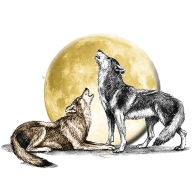
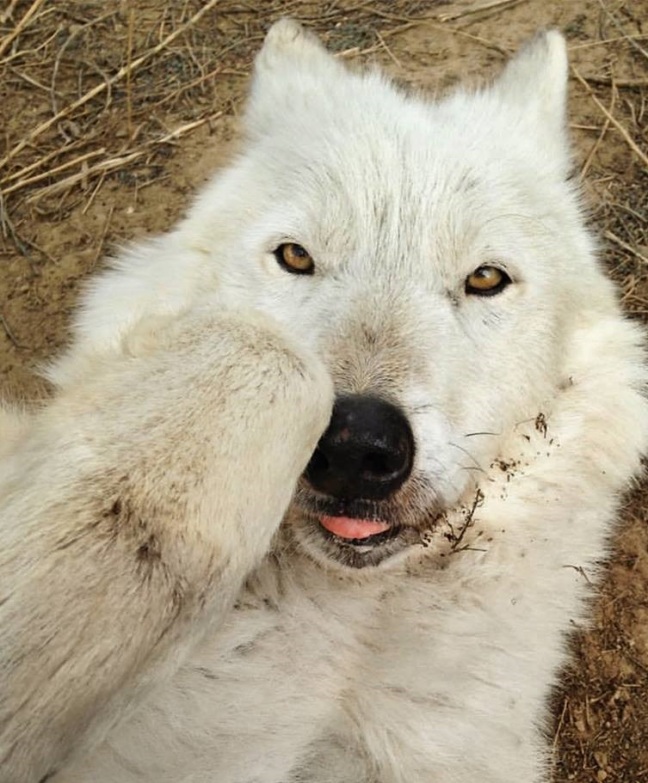

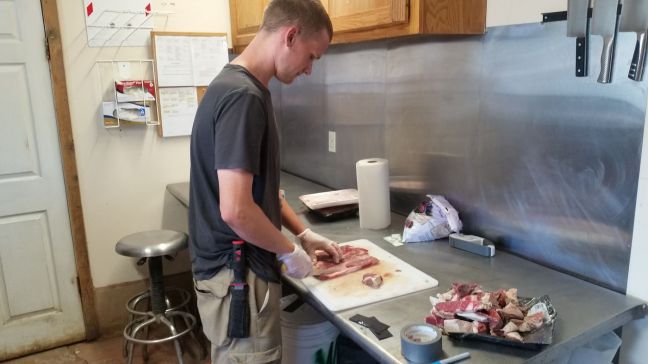
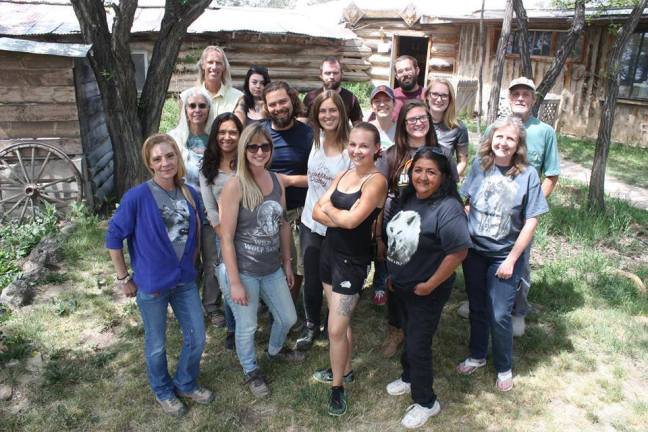
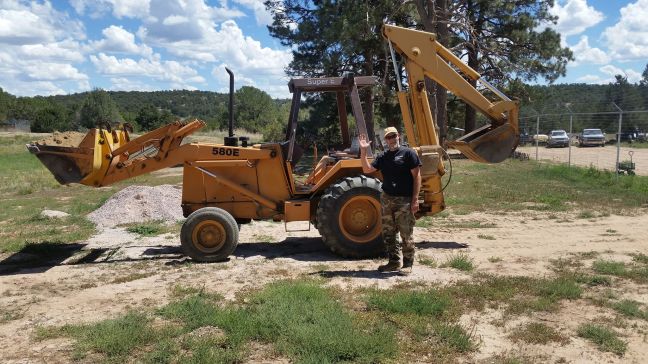
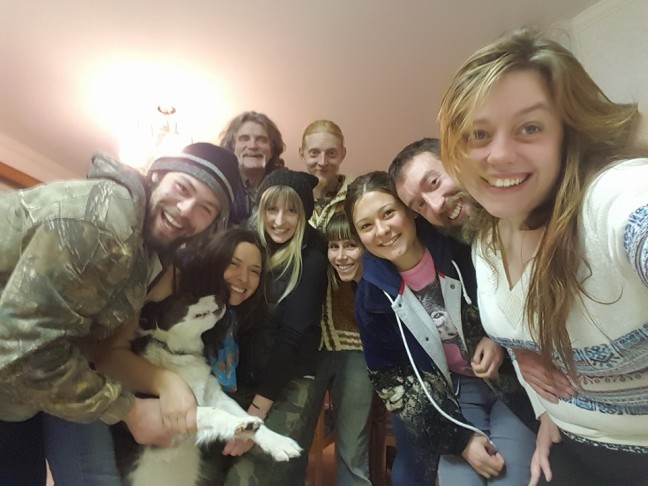
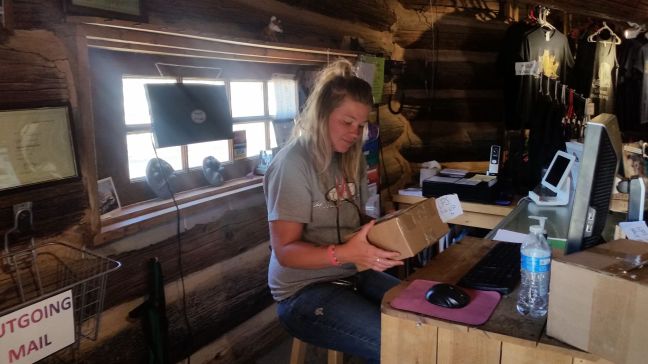
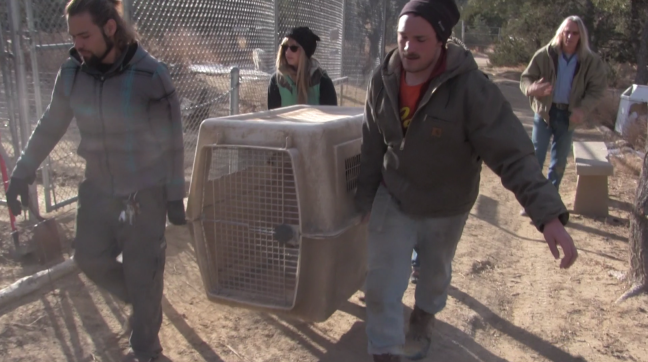
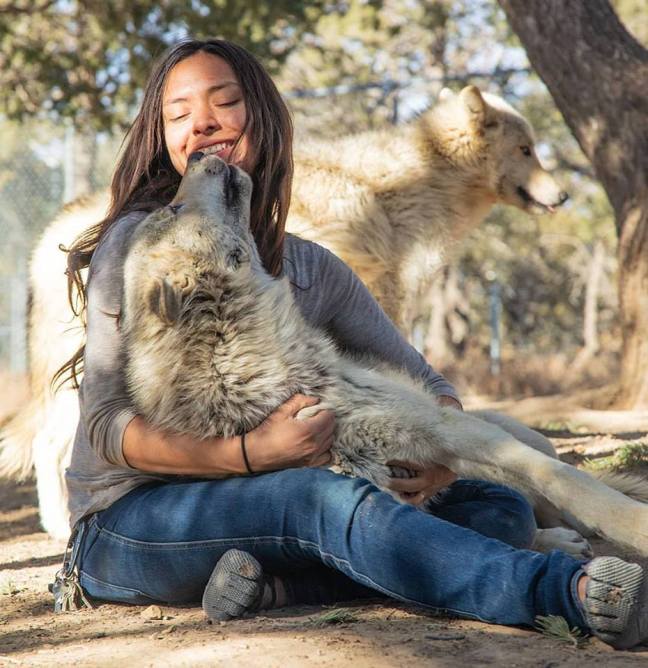
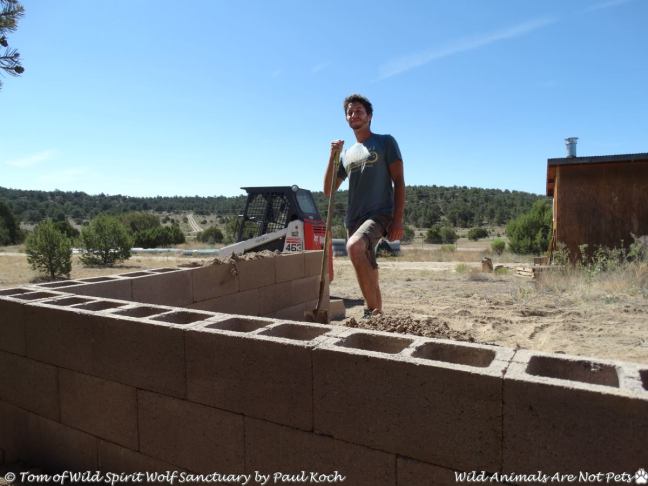
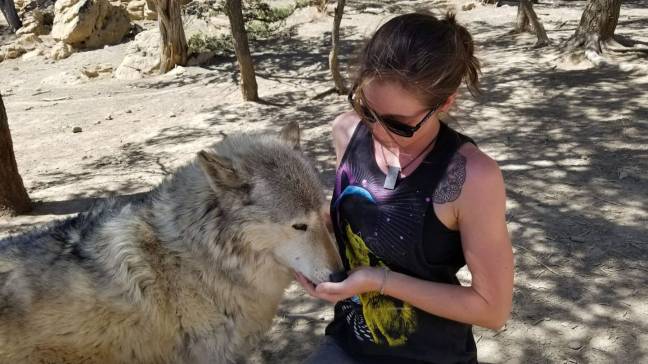
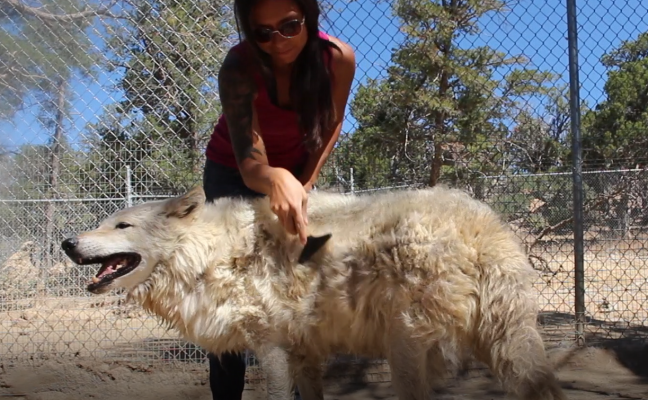
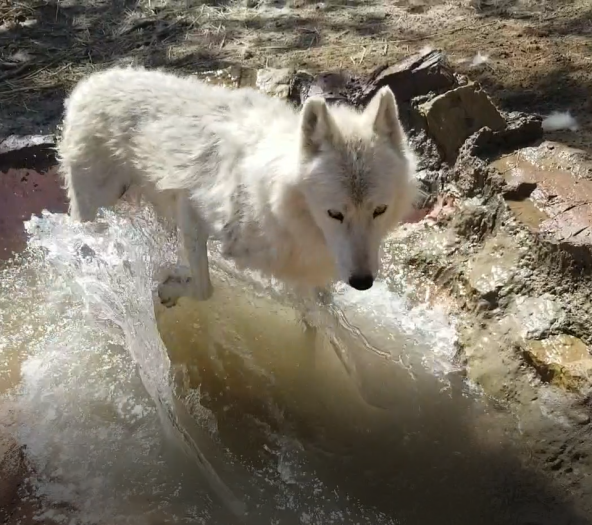
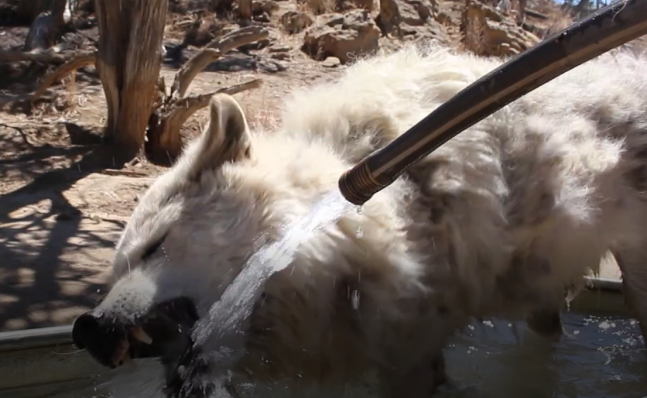
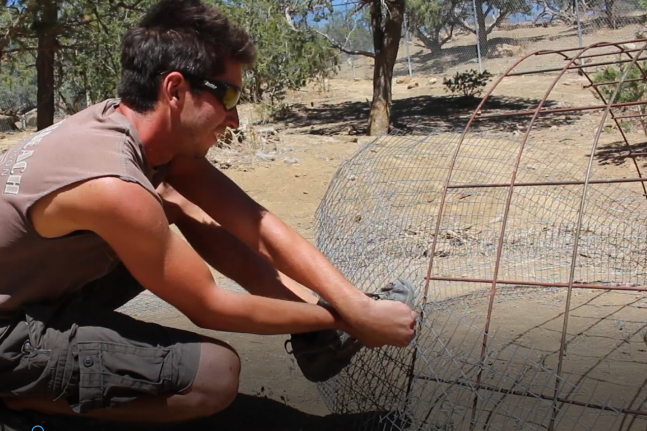


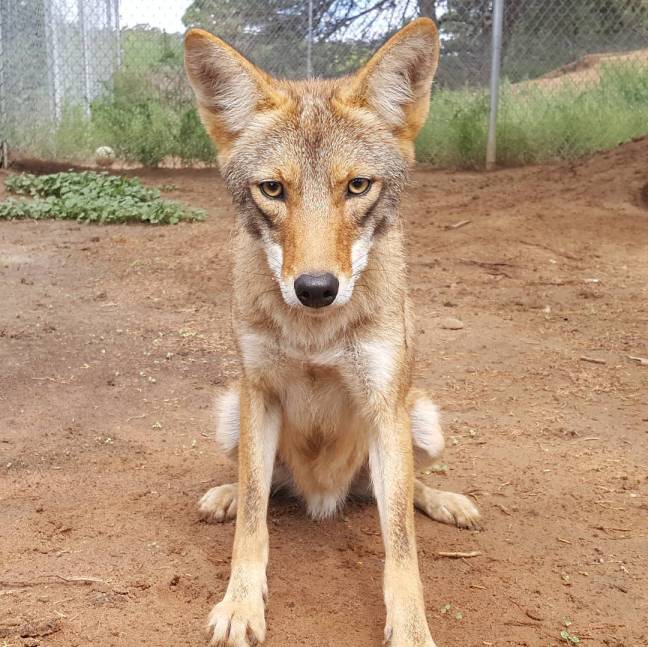
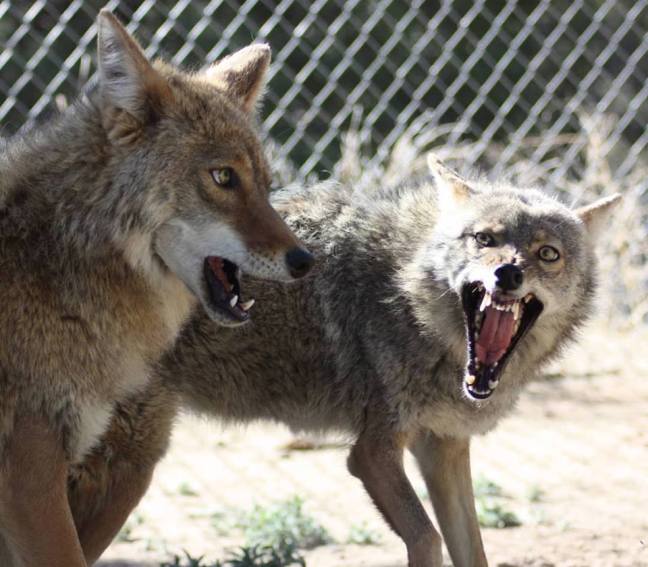
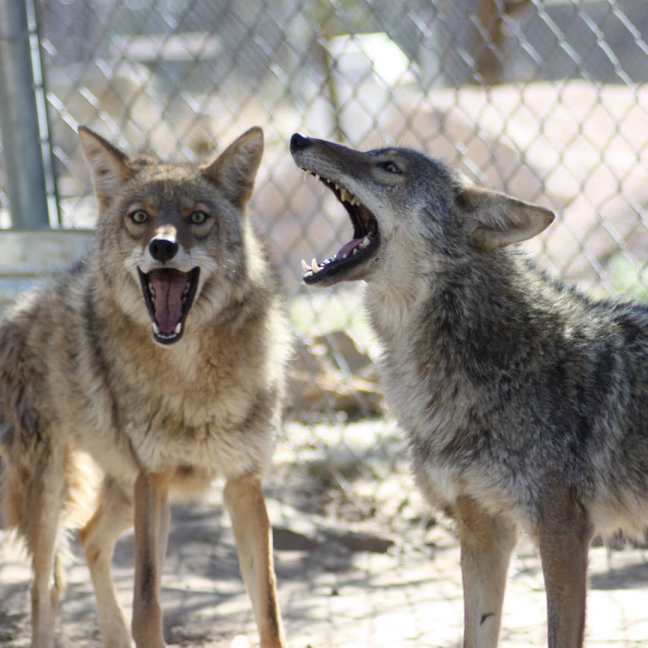
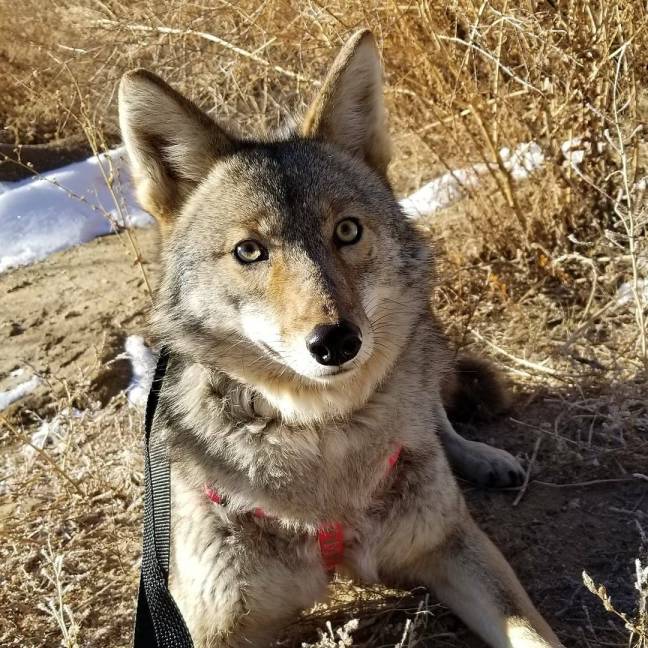

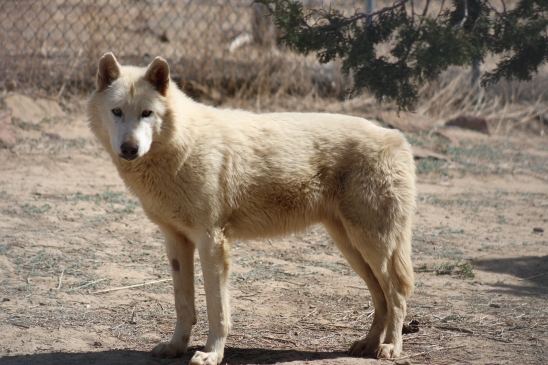
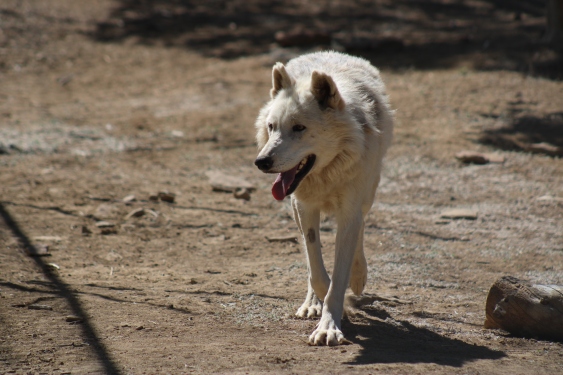
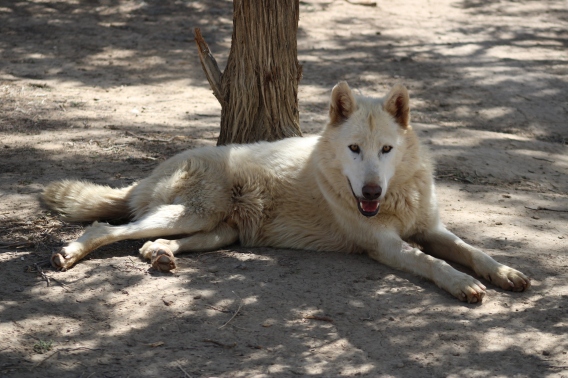
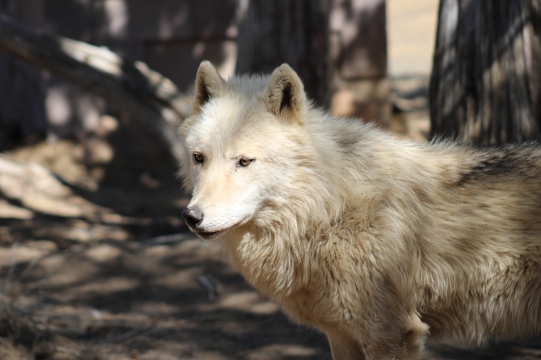
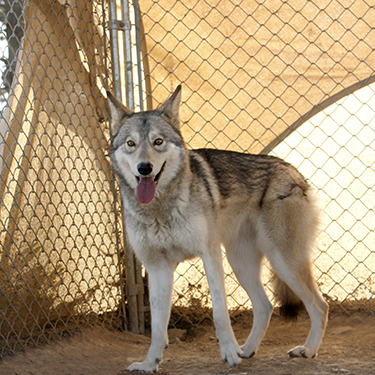
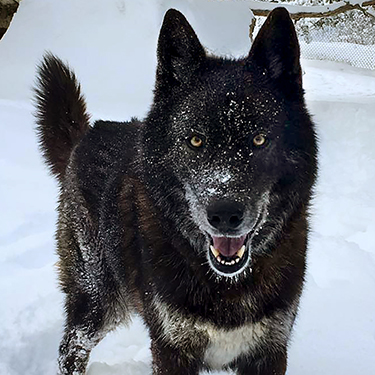
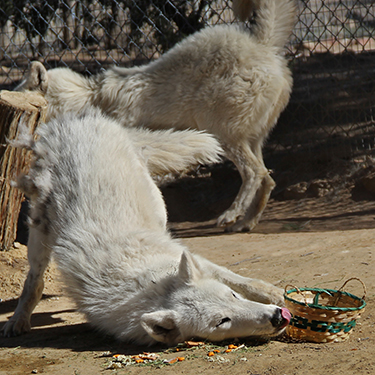
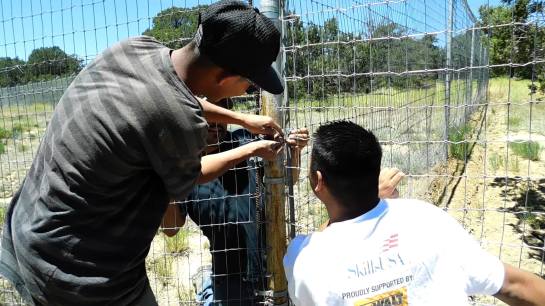

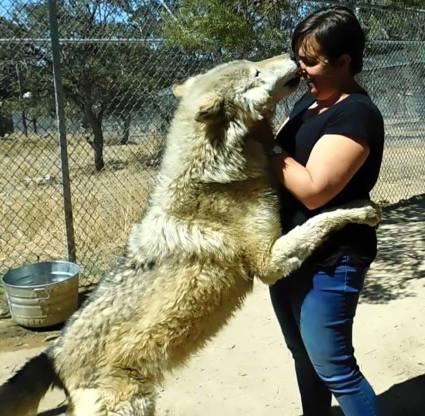
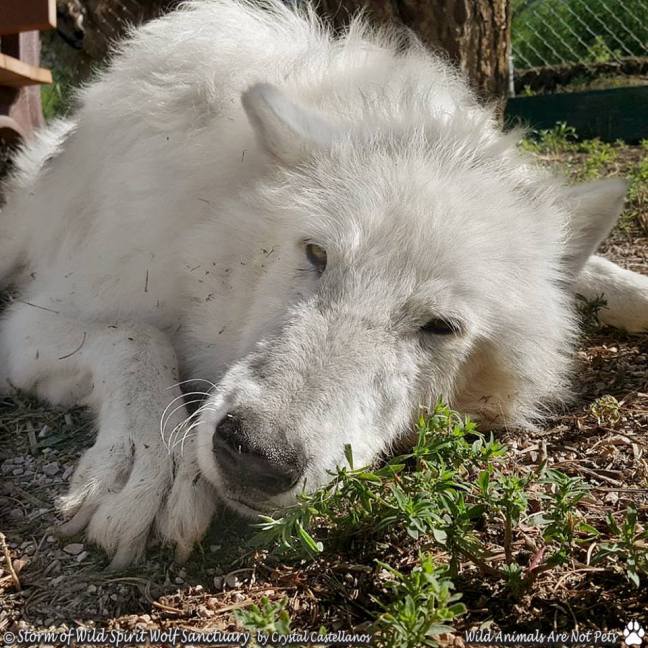
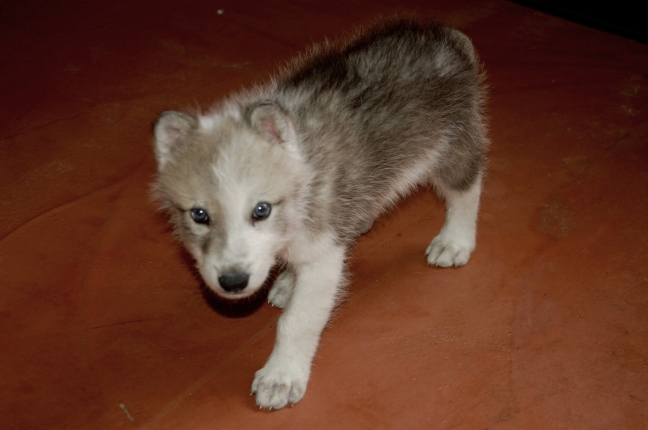
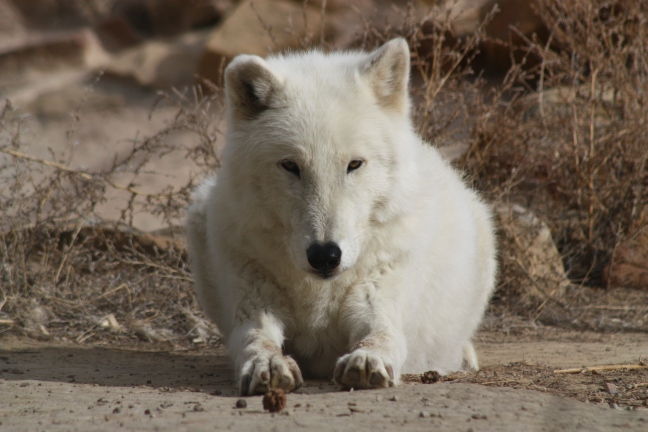
 It is with great sadness that we also announce the death of
It is with great sadness that we also announce the death of 